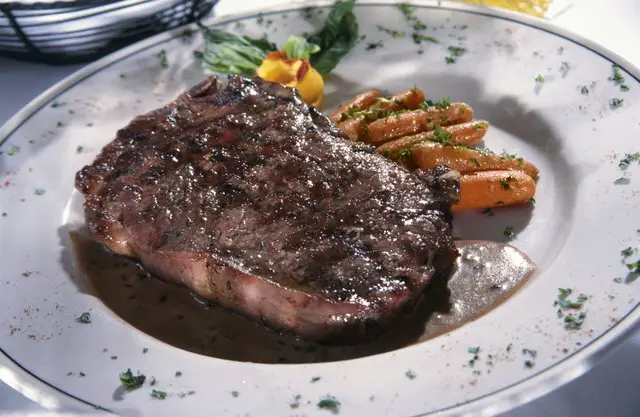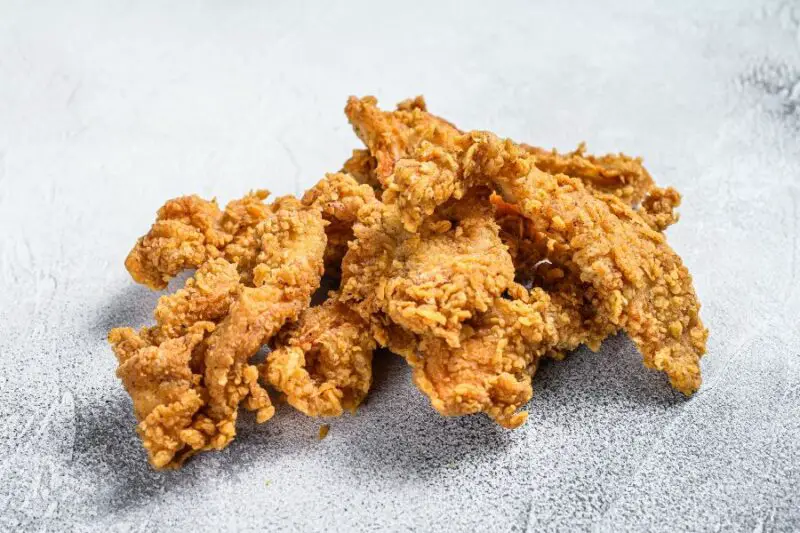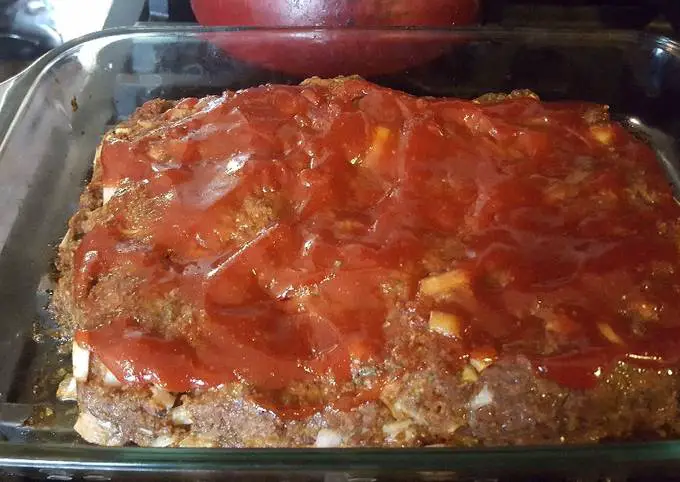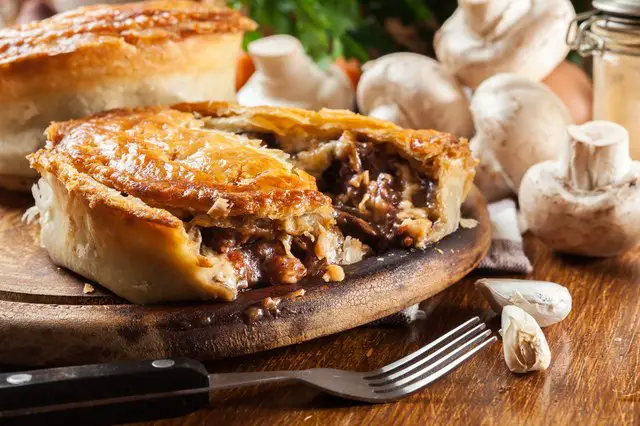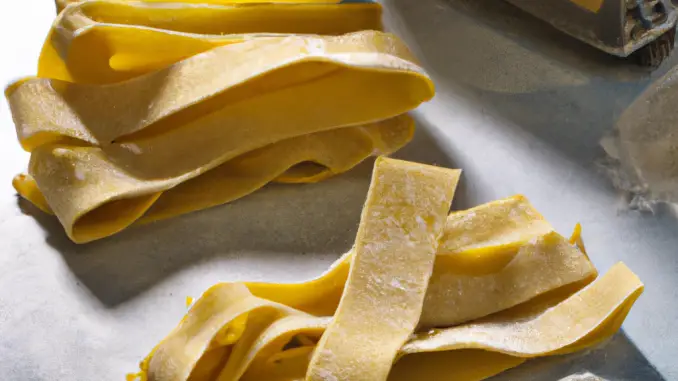When it comes to cooking beef, one of the aspects that can confound many home cooks is understanding how much weight beef loses during the cooking process. When you weigh raw meat against cooked meat, you will notice a significant decrease in the latter’s weight. This loss in weight is an essential factor to consider for recipe accuracy and portion control. It also affects other elements like flavor and nutrition. In this article, we will take a deep dive into this aspect of cooking beef.
Factors Affecting Beef Weight Loss
While the general notion is that all beef inevitably loses some water content during cooking, several factors will determine the degree of moisture loss in cooked beef.
Cut of Meat
Different cuts have varying amounts of fat as well as different structures and sizes. Consequently, they lose different amounts of moisture during cooking. Leaner cuts tend to undergo lesser weight loss because they have less moisture content than fatty cuts with higher marbling fat.
Boneless meats will always lose more liquid than bone-in varieties since bones conduct heat differently and reduce the surface area exposed to heat while also retaining some moisture.
The thickness of a cut plays a role too because thicker portions require more extended periods to cook properly, leading to more considerable evaporation and therefore, weight loss.
Cooking Method
Cooking methods also affect the level of water loss in cooked beef. Some techniques expose more parts of meat to heat than others do; for example, pan-frying places only one side on the hot surface at a time, allowing for less exposure over a shorter period. Slow-cooking or braising involves using equipment that traps any steam produced by heating instead of letting it escape, reducing evaporative losses considerably.
Temperature and time are crucial here too – meat cooked at high temperatures will lose more liquid due to rapid boiling whereas slow-roasting requires more extended periods but at lower temperatures. This makes most appropriate for larger cuts subjected to dry heat.
Understanding Moisture Loss in Beef
Before we can delve into the specifics of weight loss during cooking, it is essential to understand what moisture loss means and why it happens.
When beef is cooked, it loses some of its water content. In fact, the water loss is primarily responsible for the weight difference between raw and cooked beef. This life-sustaining liquid contains many desirable flavors from within the meat and helps maintain tenderness.
The main reason moisture loss occurs has to do with heat transfer and chemistry. Water evaporates at higher temperatures, so as heat penetrates the meat from outside to inside, steam forms on the surface reducing evaporation losses that occur naturally or due to a temperature increase.
Quantifying Weight Loss in Beef: Before and After Cooking
Measuring beef’s weight before and after cooking is an integral part of more precise recipe calculation since food portions often dictate high-quality dishes’ taste and texture. To make accurate calculations, one needs first to know baseline weights before applying cooking steps.
Determining Initial Weight Of Beef Before Cooking
Before you start preparing your beef dish, take out a cooking scale or any measuring tool that you prefer to begin with a correct initial measurement. Some home chefs enjoy using food scales since they provide consistent measurements every time – ideal for precision-based recipes.
Weighing Beef After It’s Cooked
Once your beef dish cooks fully, it’s ready to be weighed again so that one can measure how much weight change occurred during cooking accurately. The timing here matters since some techniques require resting periods before weighing while others don’t need any additional time between preparation steps or serving times.
Average Weight Loss In Different Cuts And Cooking Methods
While factors like cut type and cooking technique ultimately determine weight loss percentages in cooked beef, some averages are available for estimation purposes:
Fatty Cuts vs Lean Cuts:
- Fatty cuts usually have more moisture than lean counterparts, causing more weight loss from cooking.
- For example, ribeye steaks lose around nine percent of their initial weight while sirloin steak might only lose around six percent.
Grilled:
- Grilling involves direct exposure to high heat and can cause more significant evaporation losses than some other cooking methods.
- A regular-sized burger patty is estimated to lose around 20% of total weight from the cooking on a grill.
Pan-Fried:
- Much like grilling, pan-frying involves no traps for steam produced by heating. This lack reduces water re-entry into meat caused by steaming effect leading to greater evaporation losses.
- Beef cooked on a skillet loses about half as much weight as grilled beef.
Roasting :
- The roasting method is unique since it uses indirect cooking with low temperatures. This protects moisture signs inside meat compared to cooking over direct flames.
- With roasting, you might expect an average initial water loss of about ten percent or less.
Slow-Cooked:
Slow-cooking uses longer times but lower temperatures than the average beef cooking technique. The benefits are tangible here in that they help mitigate too much evaporative loss since well-designed pots trap and recirculate steam back into beef protein fibers again during mouth-watering stews and braises that give rise to better flavor and juicier meats. These dishes have an average initial weight loss of approximately 10%.
Ways To Minimize Weight Loss While Cooking Beef
There are several ways one can reduce evaporative losses borne out of beef’s moisture content when preparing an ideal recipe or dish.
One easy method is marinating the meat in advance. Preparations such as this will ensure that the meat retains its moisture better during the cooking process instead of losing them during foil exposure on the high temperature stove top grills.
Sealing up food components before beginning the recipe is another useful technique. A tight seal will prevent water vapor from escaping, reducing moisture loss during cooking time.
Covering the dish with foil or a lid can also maintain all steam produced inside beef at higher temperatures without losing any of the liquids to heat or evaporation.
You can also baste meat and return it to the pan to enhance internal flavors that combat potential dryness.
Impacts on Nutrition and Flavor Between Raw Vs Cooked Beef
The method of cooking meat has various effects on its taste, texture, and nutrient density. Properly cooked beef serves many vitamins like zinc, iron, magnesium, B-vitamins when adequately consumed in good portions. Overcooking or undercooking food with too harsh temperatures disrupts these essential nutrients needed for various body functions.
Cooking also affects flavor; whilst adding salt retains water in meats without becoming too dry upon exposure on high temperature heat surfaces during stovetop techniques—steaks roasted at low temperatures tenderizes meats by breaking down proteins responsible for toughness/wonderful aroma toasted outside for deeply satisfying flavorsome palates.
Tips For Accurate Recipe Calculations With Cooked Meat Weights
Any cook who intends to create long-lasting memories must know how much their recipes weigh before and after cooking because accuracy translates into well-balanced portions providing desirable meal outcomes.
To make proper adjusted recipe calculations based on cooked meatweights utilized instead of raw components regarding major dishes and casseroles such as ground meat sauces(like spaghetti bolognese) plus bowls—follow these steps:
Convert Raw Weights To Cook Weights
Before creating preparations, it’s essential to find out initial weights when ingredients are still uncooked! For instance, you must measure 1 pound (before cooking) then convert it accordingly if boiled down following desired stovetop per recipe instructions with final details being either added salt sprinkled onto the top surface towards end boiling before pan seared to retain some steam release underneath.
Example Recipes
If a user desired to begin with raw ingredients for their recipe, one can convert weights after cooking by multiplying the initial weight by the appropriate percentage (say six percent).
For example, suppose your recipe calls for a pound of cooked ground beef. In that case, it is essential to consider an additional 6% reduction rate applied to raw beef weighing in at about 16.5 ounces when cooked as consumed.
Conclusion
Beef weight loss during cooking affects many aspects of meal preparation. By considering all factors like cut type and cooking method used, you can formulate new techniques for ensuring accurate measurements – making recipes more efficient and effective in serving guests dinner table memories not soon forgotten!
Q&A
- Q: What is the reason behind beef losing weight when cooked?
A: The main reason why beef loses weight when cooked is that moisture evaporates as temperature increases. This loss of moisture results in a decrease in overall weight.
- Q: Is the weight loss consistent for all types of beef cuts?
A: No, the amount of weight lost during the cooking process varies depending on the type and cut of beef. For example, leaner cuts such as sirloin tend to lose less weight than fattier cuts like rib-eye.
- Q: How can I calculate how much weight my beef will lose when cooked?
A: To estimate how much your beef will weigh after being cooked, you can use a rough estimate that it will lose about 25-30% of its raw weight due to moisture loss. However, this number may vary based on factors such as cooking method and desired level of doneness.
- Q: Does letting my beef rest after cooking affect its final weight?
A: Yes, letting your beef rest after cooking can actually lead to a slight increase in its final weight due to the reabsorption of juices that were forced out during cooking. So don’t skip this important step if you want to get the most out of your juicy, delicious steak!
